DALI Rubikore 2 Review
The compact Rubikore 2 does without DALI’s typical hybrid tweeter module, but otherwise borrows plenty of technology from the top models.
Text: Michael Lang
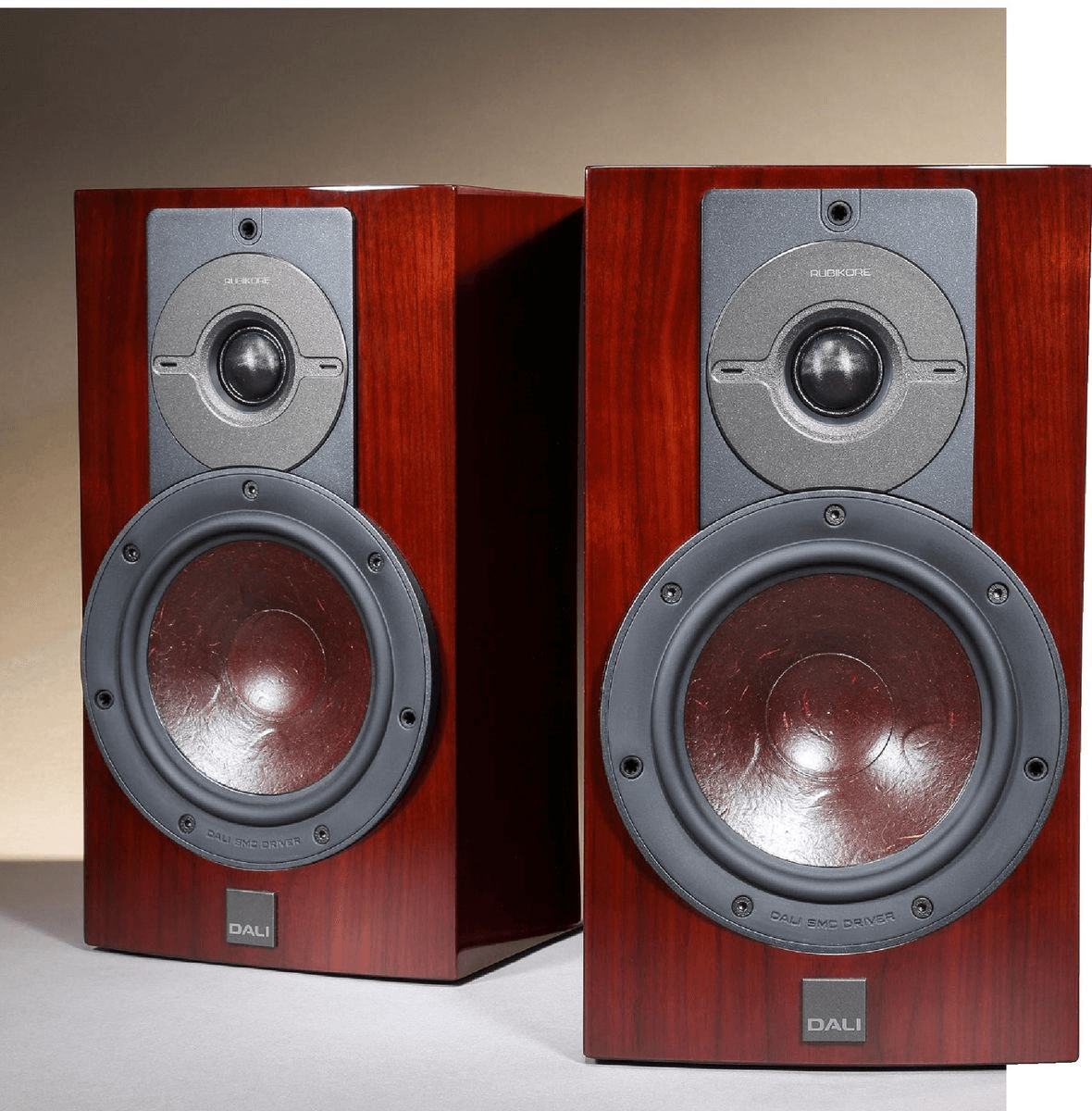
You have to look very closely if you want to guess the price of the DALI Rubikore 2. The cabinet, clad in fine veneer and gently tapering toward the back, the sturdy in-house bi-wiring terminals, and the multi-screwed rear bass-reflex port all suggest a rather prohibitive price tag at first glance.
Only on second look do you notice what’s missing: the hybrid tweeter module of dome plus ribbon that is standard on DALI’s larger, pricier models. In the Rubikore 2, a coated 29 mm fabric dome alone handles the treble. This dome is a new design directly derived from insights gained with the Kore.
Tweeter Dome Without Companion
Earlier domes used a magnetically conductive liquid called ferrofluid to cool the voice coil and raise power handling. The downside was that fine dynamics—especially at low and medium volumes—were somewhat curtailed.
At DALI’s headquarters in Nørager, Denmark, the team focused on the fact that while people do enjoy turning it up now and then, most of the time they listen at or below room level—to keep peace with family and neighbors, or simply by preference. The development motto became: more microdynamics. In other words, the ability to render subtle gradations even at low volume, bringing the sound another step closer to life. DALI also cites a bonus: a more open, less strained, and more effortless presentation.
Bass Depth and Efficiency
The 16.5 cm bass driver also benefits from the Kore and Epikore projects. It gets SMC, a magnetically conductive granulate that lowers distortion by letting the voice coil move more uniformly in the magnetic field—reducing friction, reacting faster, and losing less energy. A dual-magnet system, as used in DALI’s larger models, supplies strong drive. The reddish cone with its characteristic pattern that suppresses unwanted resonances is likewise inherited from the Kore flagship.
The bass-reflex port design is another hand-me-down from Kore: rear placement with carefully chosen diameter and height, specific shaping, material, and secure mounting. The extra low-frequency energy from the port gives this compact speaker surprisingly deep bass. However, to avoid boom, a bit of distance from rear and side walls helps—a point we’ll return to.
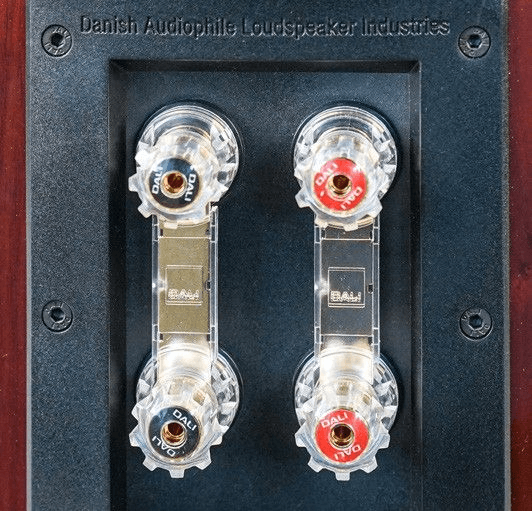
The engineers’ care and ambition also prevailed in the crossover, despite the finance folks keeping a close eye on costs. The board uses premium parts from Cologne specialist Mundorf, among others. Why does a crossover matter? Think of it as a coordinator, director—or to stay musical, a conductor—telling “the others” when, where, and how to play. The “others” are the two drivers. No matter how good they are alone, if they play into the room uncoordinated and at the wrong time and pitch, the magic of a well-integrated orchestra is lost and the result sounds incoherent.
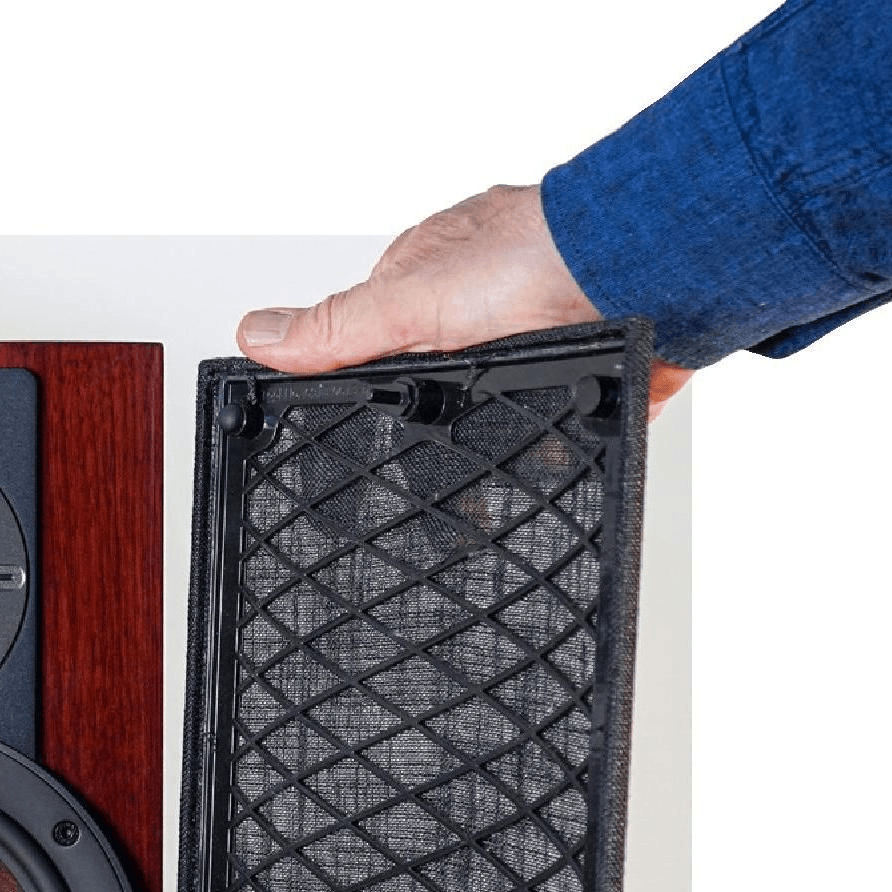
To avoid discord, the Danes use top-tier components and careful tuning to limit the woofer’s work toward higher frequencies and the tweeter’s toward lower ones. Part quality and meticulous voicing are key to harmonious interaction.
At the chosen crossover point and filter slope, you can perfect the recipe—or ruin it. Experience, calculation, and extensive listening guide you to the optimal sonic outcome. Depending on tuning, you also decide how deep the speaker will reach, which in turn influences power demand for a given volume, robustness, and how loud it can play without damage. As in life, everything is connected.
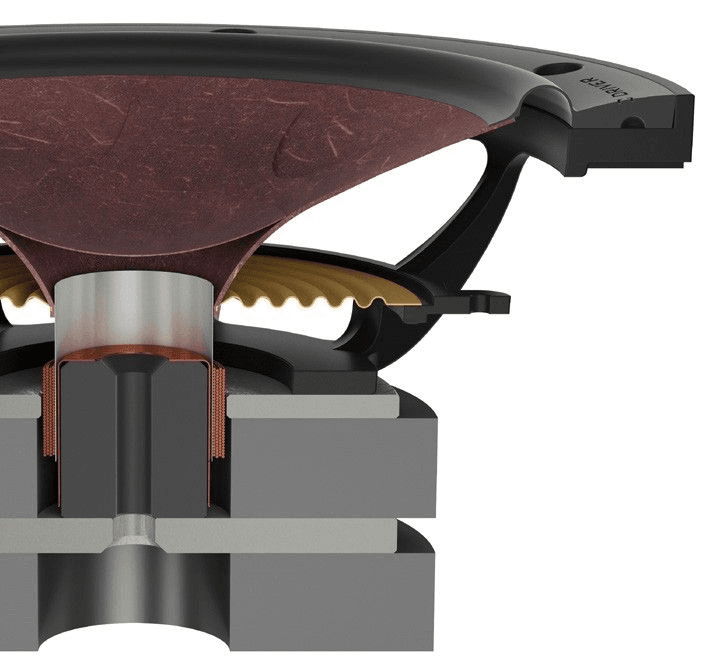
Given this level of care and the fact that Rubikore was conceived and built end-to-end in high-wage Denmark, one question arises: where did they save to reach a retail price of $2,800 per pair?
Discreet Savings
The cost cuts are barely visible. The Rubikore 2 foregoes magnetically attached grilles. Instead, the sturdy included grille—acoustically negligible—uses classic pegs. To avoid unsightly holes in the pristine baffle, the driver frames have the needed openings to accept those pegs.
As standard accessories, DALI includes a detailed German manual, as usual. However, proper spikes that screw into threaded inserts are unfortunately absent—only small rubber pads come in the box. The optional, elegantly shaped stands—with built-in cable routing—do include massive, height-adjustable spikes. They cost $430 per pair. If you can, buy the stands and place the Rubikore 2 on them to unlock this speaker’s potential and maximize your enjoyment.
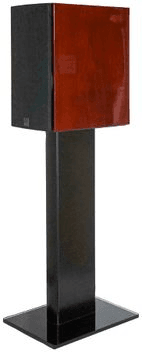
Small but Powerful
Getting a sound that feels grown-up and full from small speakers is one of audio’s sportier challenges. With the Rubikore 2’s very compact, shelf-friendly volume, we were surprised by how intensely and authentically it projected voices into the room. Terence Trent D’Arby—despite his high register—was immediately identifiable as male as he breathed “Sign Your Name” into the mic.
The same held when Maria Callas introduced herself as “Carmen”: the Rubikore instantly gripped listeners, conjuring Callas in a near standing position before the mind’s eye, and spreading the magic of her voice through the intensity with which the DALI projected it into the room. Even with “The Girl from Ipanema,” this free-standing speaker managed to dispel any sense of missing foundation. Only when compared with larger speakers did it become clear there are notes an octave lower that the Rubikore doesn’t reach. Still, to its credit: even at the bottom of its range it played as punchy, low in distortion, and clean as one could wish.
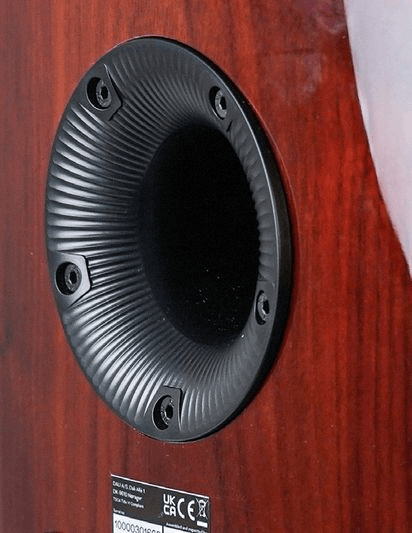
A few pop examples:
Michael Jackson’s “Wanna Be Startin’ Somethin’” practically leapt out at us; even at levels beyond what you’d expose the kids to, this compact speaker stayed unforced and precise. Yes, the highs had a touch less silk than DALI models with the magnetostatic-equipped hybrid module. Those remain mild and forgiving even on treble-forward recordings, whereas the Rubikore 2 is less lenient and reproduces bright mixes unvarnished—and thus occasionally a bit more demanding.
Such cases included Peter Case’s “Old Blue Car” and Chaka Khan’s “Ain’t Nobody,” musically solid but seemingly mixed with a radio-tilted balance. A small remedy: set the speakers parallel rather than toed-in.
Straight Shooter
A completely different picture emerged with well-produced and well-mixed recordings—and the DALI made differences in electronics and recording quality just as clear. Mozart’s “The Marriage of Figaro,” conducted by Jane Glover with the Royal Philharmonic Orchestra, sounded fresh and inspired, and the team at the desk captured the magic with sensitivity.
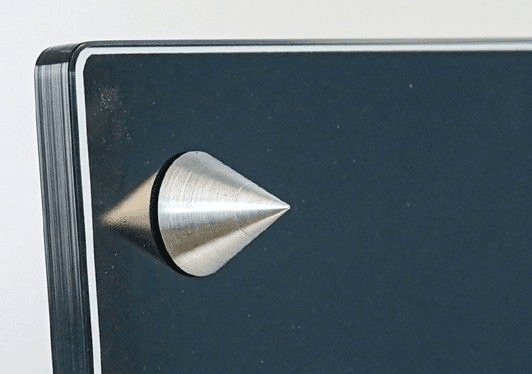
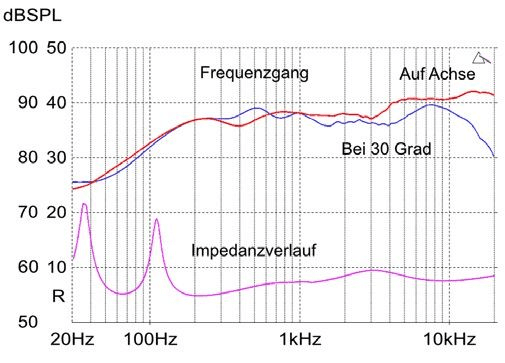
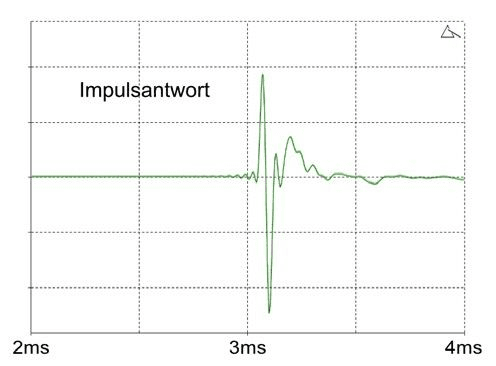
The way the DALI rendered these moments could bring even occasional opera listeners to brief speechless bliss. Proportions, timing, and tonality were all in place—it was easy to forget you were hearing a recording. The impression held with Glenn Gould at the piano, as long as you didn’t push the Rubikores into the corners. The “more” bass energy you gain there is paid for dearly in loss of space and precision across almost the entire band.
Our recommendation to enjoy this speaker at its best: place it on a shelf at least with damping feet or spikes—better yet on the matching stands—and absolutely give it breathing room from the walls!
Test Equipment
CD player: T+A MP 2500
Streamer / DAC: Eversolo DMP-A8
Integrated amplifiers: Exposure 2010, Audionet WATT, Electric Audio TAE 150
Preamplifier: Fosi Audio ZP3
Power amplifiers: Fosi Audio V3 Mono, Electric Audio PAE 150
Loudspeakers: MoFi SourcePoint 8, Neat Acoustics Momentum JS
Cables: AudioQuest, HMS, In-Akustik, Silent Wire, Supra
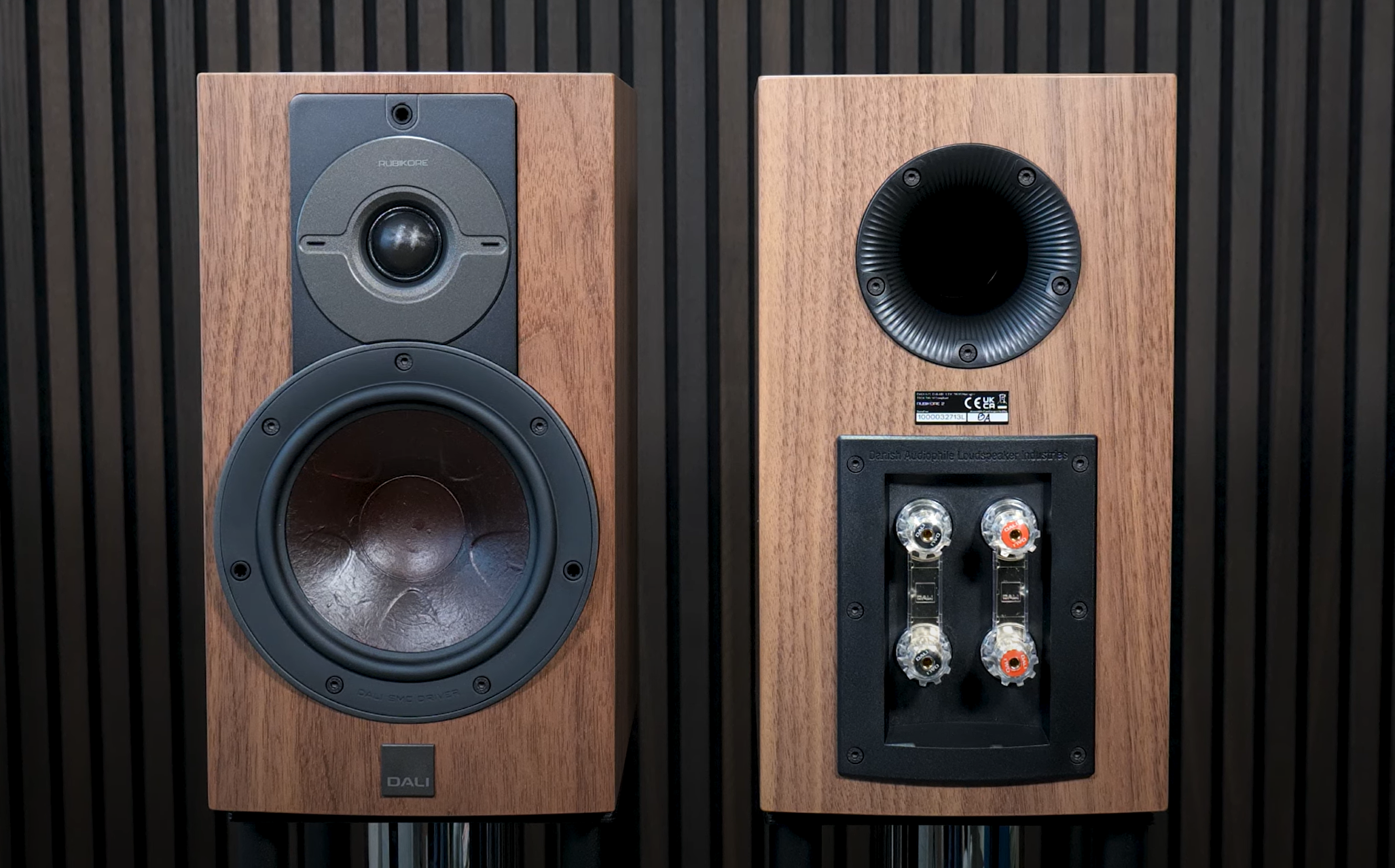
Specifications
Principle: 2-way bass reflex
Woofer: 6.5 inches with Clarity Cone in wood fiber
Tweeter: 29 mm soft dome
Frequency response: 50-26,000 Hz (+/-3 dB)
Crossover frequency: 2,800 Hz
Recommended power: 40-150 watts
Connections: 4 screw/banana (bi-wiring)
Dimensions: 19.5 x 35.0 x 33.5 cm
Weight: 9.5 kg
Color: Black high gloss, white high gloss, maroon high gloss, walnut
Web: dali-speakers.com
Placement Recommendation
At least 20 cm from rear and side walls, not toed in
Sound (60%) → Rating: 8.3 / 10
- Sound Quality: Surprisingly dynamic, powerful, tonally well balanced with fine spatial imaging.
Measurements (15%) → Rating: 7.9 / 10
- Frequency Response: Satisfactory
- Sound Pressure Level (dB): Satisfactory (86 dB)
- Impulse Response: Good
- Minimum Impedance: Very good (4.75 ohms at 44 Hz)
- Distortion at 63 / 3k / 10k Hz (%): Good (0.42 / 0.06 / 0.076)
- Compatibility: Very good
Features & Handling (25%) → Rating: 7.7 / 10
- Placement: Very good
- Manual Quality: Very good
- First Setup: Very good
- Tone Control Possible: No
- Finish Options: High-gloss black & white, walnut, chestnut
- Accessories: Grille, polishing cloth, rubber feet
- Feel & Build Quality: Very good
- Upgradeable: No
- Warranty: 5 years
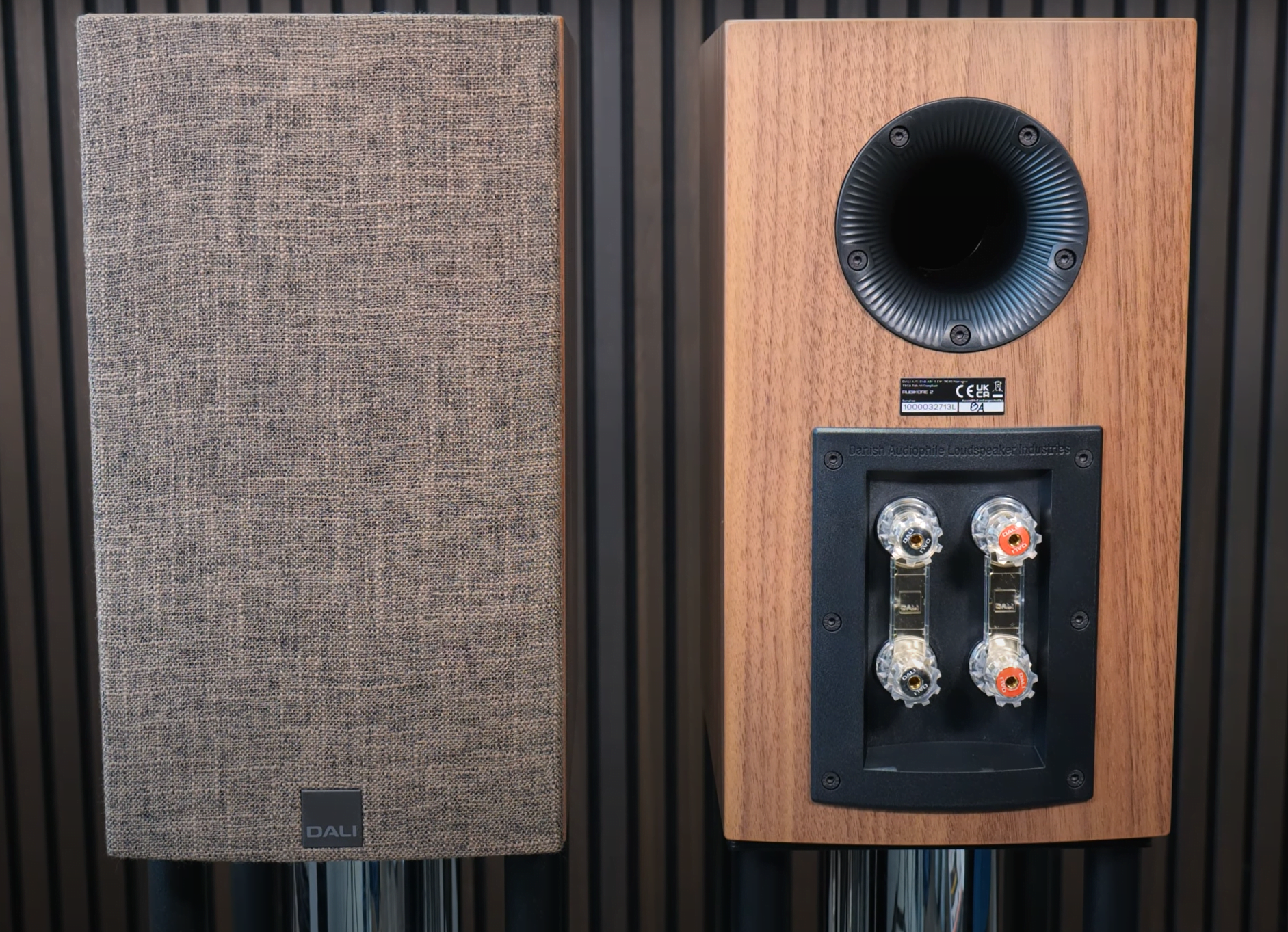
Gallery
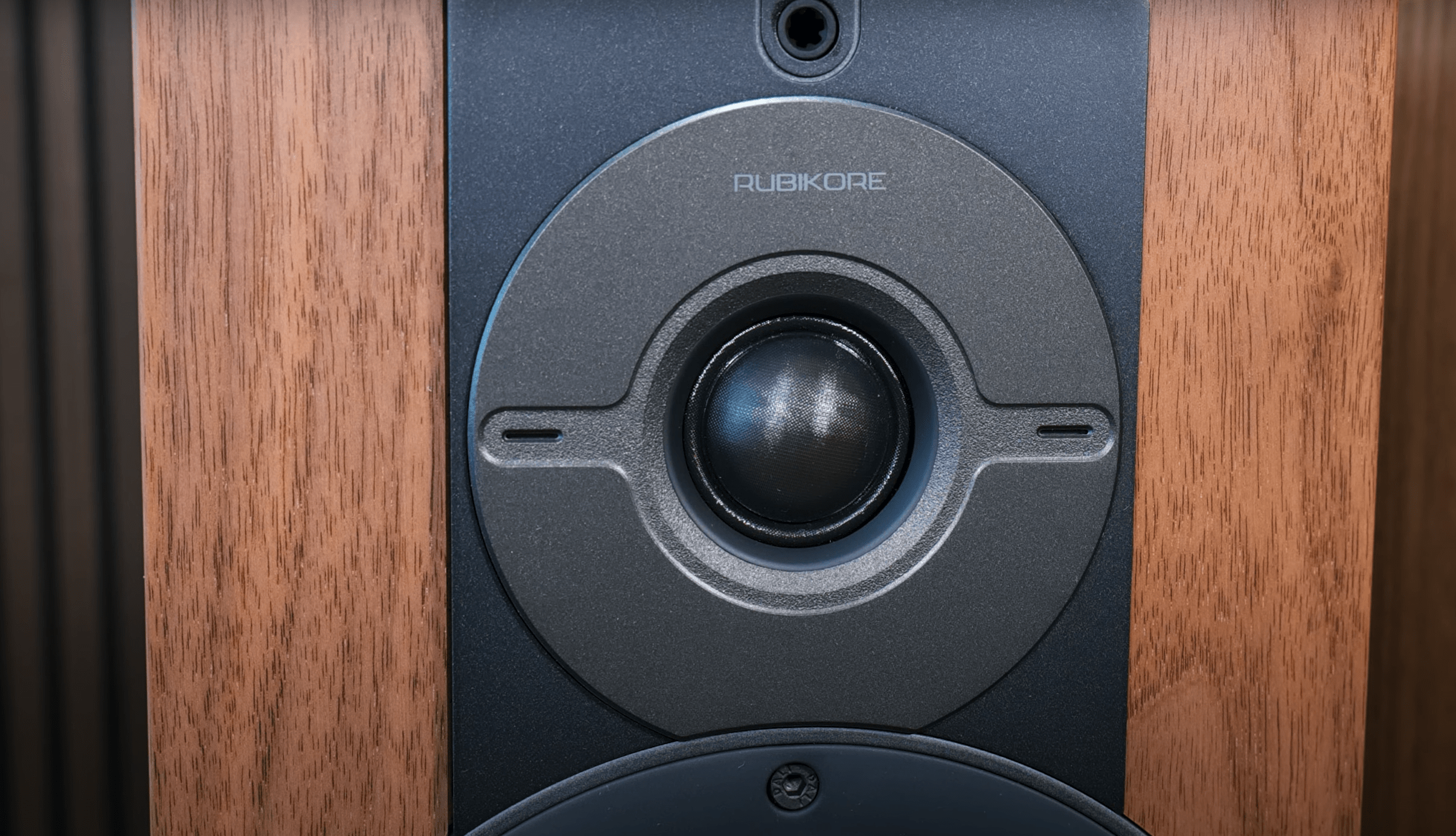
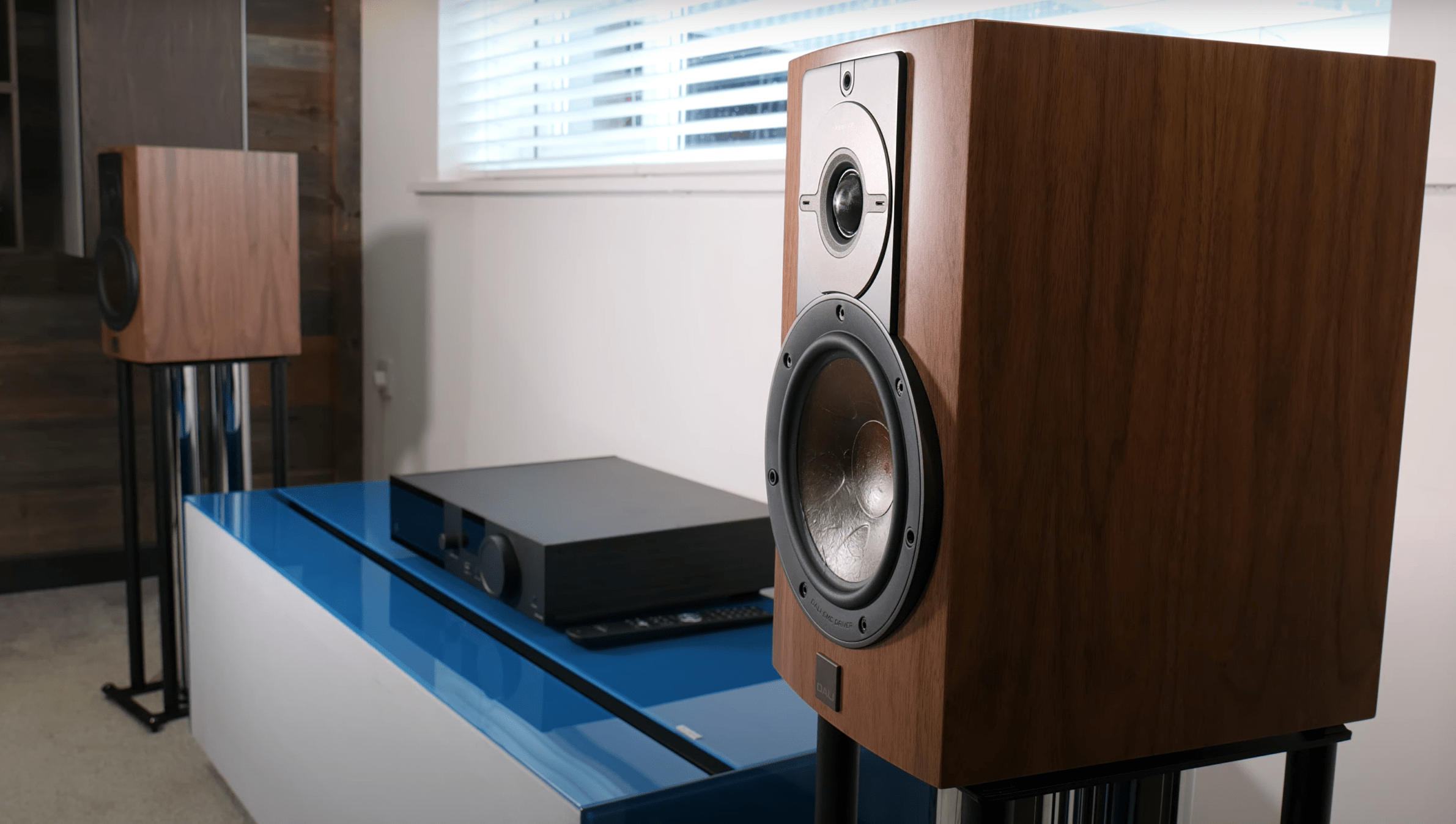
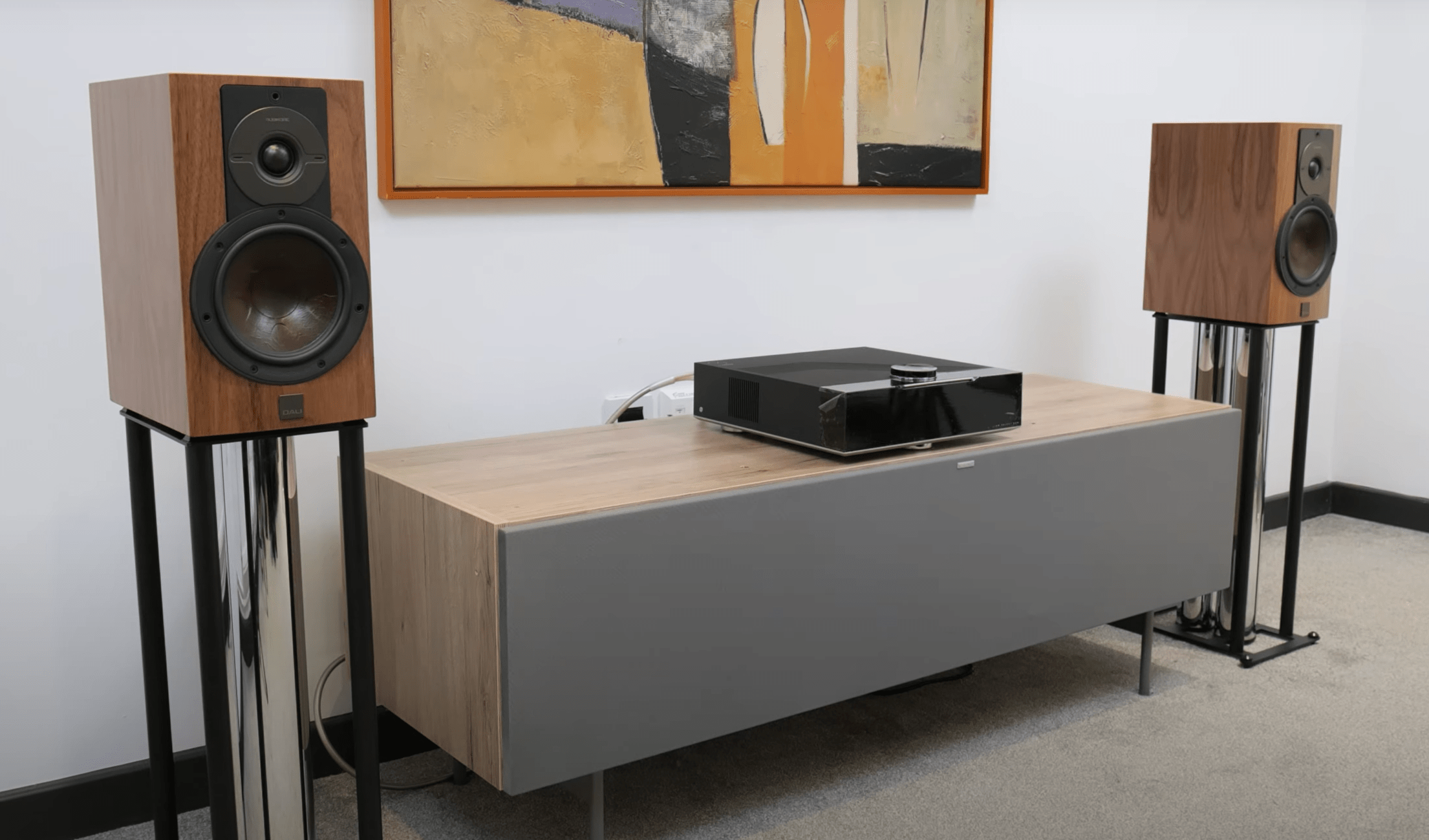
Verdict
Overall Score: 8.1 / 10 (Good)



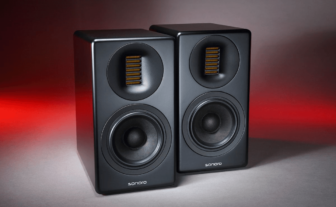
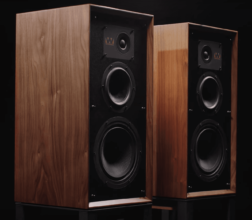
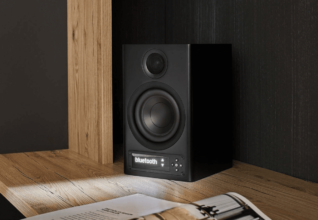
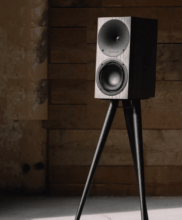
Hi!!!
Thank you so much for this review!!!
I have a question if you dont mind.I want a pair of speakers for nearfield listening aprox 1,5-1,7 meters.Is this speaker Rubikore 2 suitable for this use or better to go with revival atalante 3?I am open for more recommendations under 2500 euro.I also want the speakers to sound dynamic in low volumes listening.
Kind regards